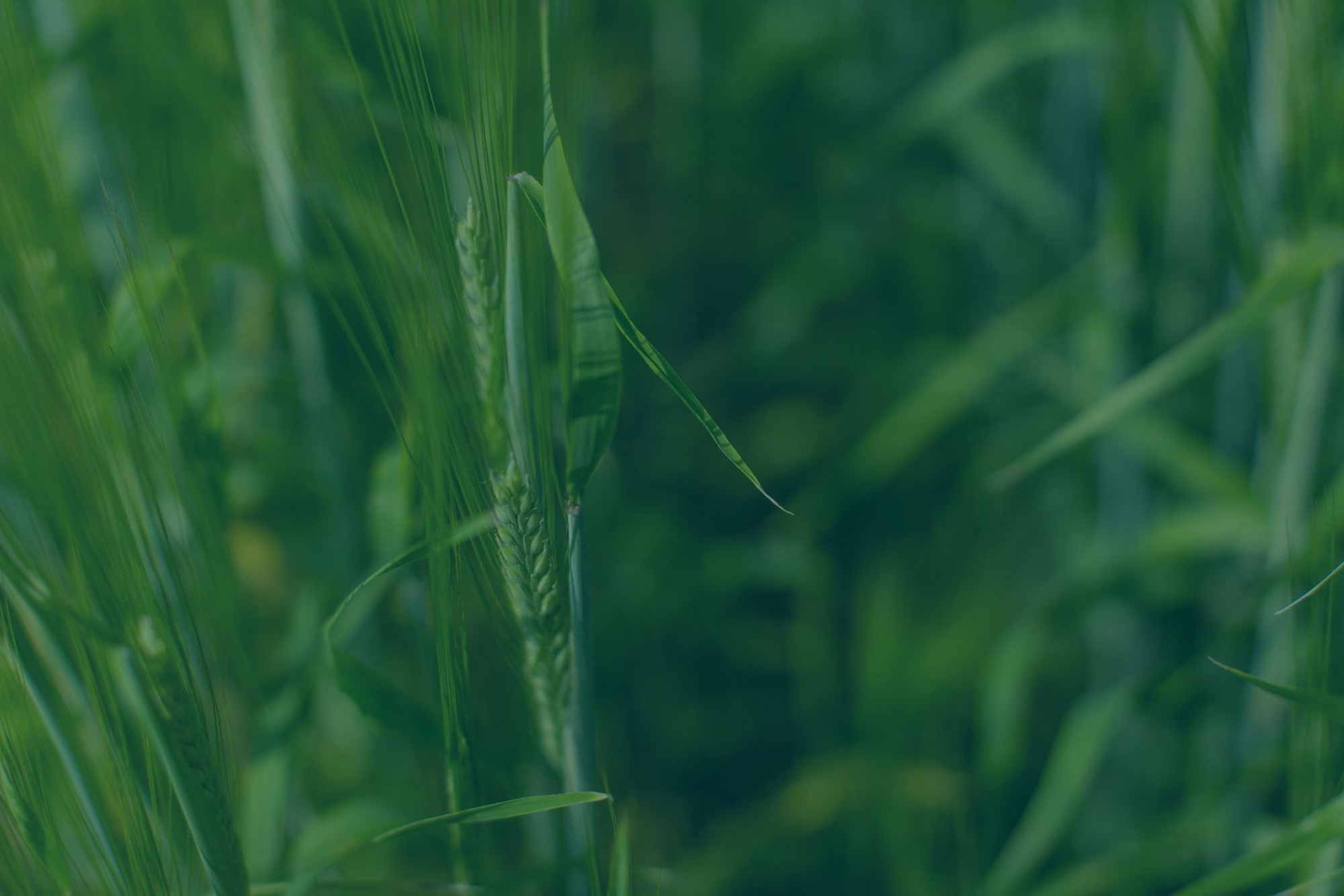Keeping cereals clean

photo by Kara Oosterhuis
Posted by Bruce Barker, Haywire Creative
Spring and summer weather brought variable crop development and growth across western Canada. Uneven germination, moisture stress, and late tillering have left some wheat and barley fields with uneven maturity.
“Some of the cereal crops have very uneven development. This year, in some cases the second growth can have seeds at 55 per cent moisture even though the main heads are at 25 per cent,” says Clair Langlois, provincial cereal specialist with Alberta Agriculture and Forestry.
Desiccation with Heat LQ isn’t an option for speeding the drydown of late tillers. Heat LQ is not registered as a desiccant in cereals, although it is registered as a pre-harvest treatment, in a tank mix with glyphosate, to improve dry down of volunteer canola (all types including Roundup Ready), common ragweed, Canada fleabane, redroot pigweed and wild buckwheat in wheat (including durum, spring and winter wheat), barley (including spring, winter and malting barley) and triticale.
“The problem with any kind of drydown product is that those late green seeds will have the green frozen into the seed, and you’ll end up with shrivelled green seed that will downgrade the sample,” says Langlois.
Pre-harvest glyphosate is not an option, either. Neil Whatley, crop specialist at the Alberta Ag-Info Centre says glyphosate has a slower, systemic mode of action that allows it to translocate through a plant. “Therefore, glyphosate is the preferred pre-harvest herbicide applied to control perennial weeds like quackgrass and Canada thistle, but it does not speed crop maturity.”
The other big concern is the impact of Heat LQ and glyphosate on market access. While Heat LQ is registered on spring, winter and malt barley, malt barley grain buyers have indicated that they will not accept malt barley that has been treated with Heat LQ or glyphosate pre-harvest.
Another challenge is application timing of pre-harvest glyphosate. Glyphosate is registered for application when the crop has reached physiological seed maturity of less than 30 per cent seed moisture in any part of the field. If parts of the crop are above 30 per cent moisture, glyphosate may translocate into the seed.
“Application earlier than at proper seed maturity can negatively impact yield,” says Whatley. “Exceeding the product label rate or applying these products earlier than at the recommended crop stage can exceed a product’s maximum residue limit (MRL).”
The ‘Keep It Clean’ initiative (Keepingitclean.ca) provides further guidance on products of concern for canola, cereals and pulse crops. In all cereal crops, glyphosate is becoming under increased scrutiny by grain buyers. Rigorous adherence to application guidelines, including following the label, especially regarding rates and application timing, will keep this important product in our toolbox for years to come.
Clark Brenzil, Saskatchewan Agriculture’s provincial weed specialist also cautions that farmers shouldn’t think they can apply a herbicide improperly and get away with it.
“Don't kid yourself that the ‘unregistered product X’ that you have heard about in the coffee shop can't be detected by foreign buyers because it is a contact herbicide. Any buyer motivated enough can detect pretty much any herbicide residue, even a contact herbicide. Even though it doesn't translocate, Herbicide X rubs off the chaff and straw onto grain when going through the combine,” says Brenzil.
Whatley adds that Canada is a major grain exporter, and importing countries can set their own grain import MRL level, which may not be the same as Canada’s level.
“Other end-users, especially those purchasing barley for the malt market, or oat millers, have their own MRL regulations or do not allow pre-harvest herbicides to be used at all. When uncertain, growers are encouraged to consult their grain buyer prior to pre-harvest herbicide application,” says Whatley.
Langlois says that about the only choice for crops that are very uneven is to wait for the crop to mature. Swathing would be a better choice than spraying, although swathing would still lock in green seed as well. “About all we can do is hope that there is a long, warm harvest season.”
Products of Concern: Special Considerations:
All Cereals: Glyphosate (i.e. Roundup) – under increased scrutiny. Rigorous adherence to guidelines, including following the label, will keep this important product in our toolbox for years to come.
Wheat – Glyphosate (i.e. Roundup) – Only apply when seed moisture content is below 30% in the least mature plants in the field.
Malt Barley – Glyphosate (i.e. Roundup), Saflufenacil (i.e. Heat) – Will not be accepted by grain buyers if treated pre-harvest.
Oats – Glyphosate (i.e. Roundup) – May not be accepted by grain buyers if treated pre-harvest.

